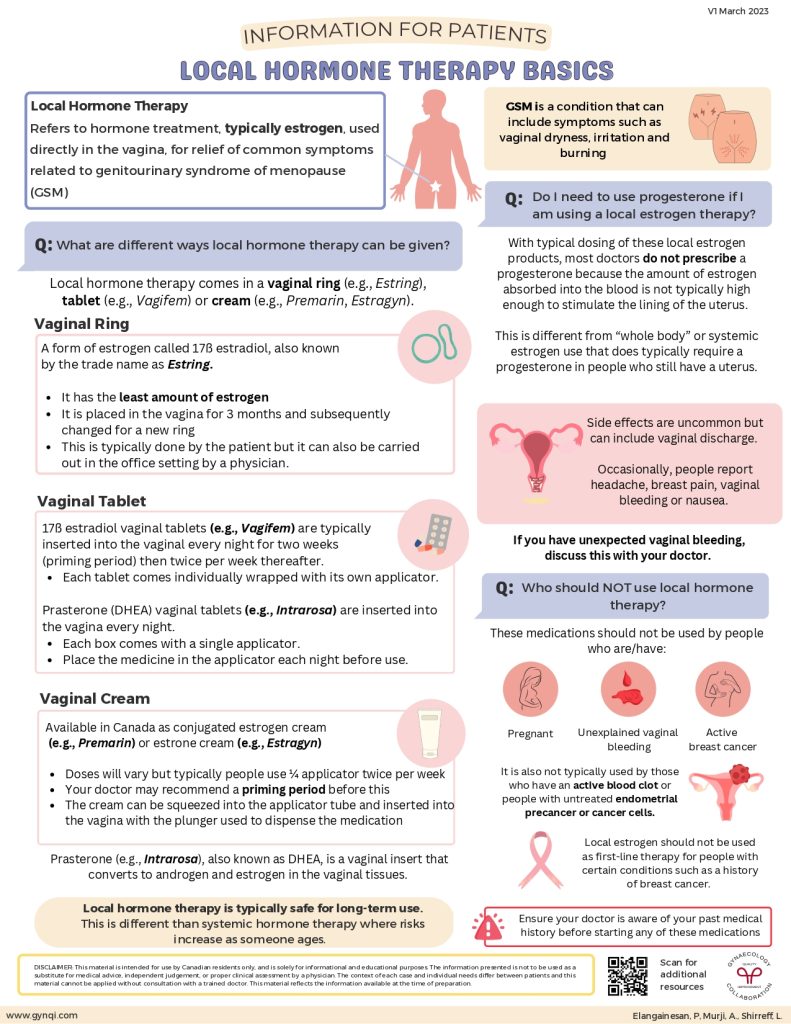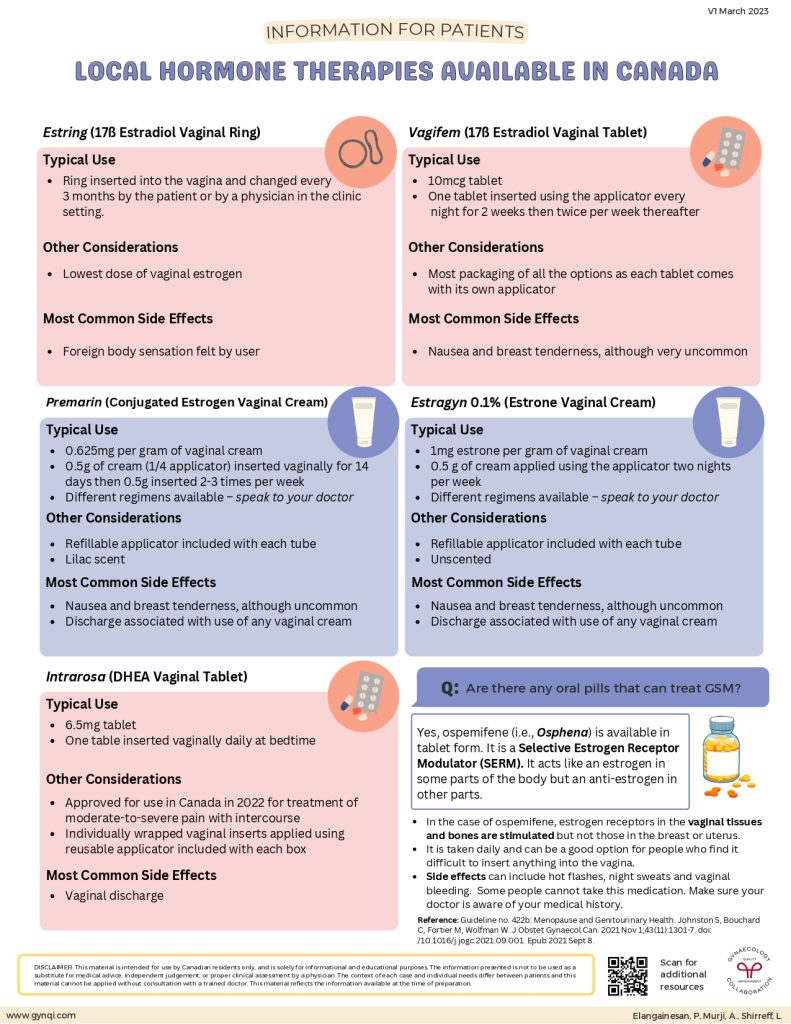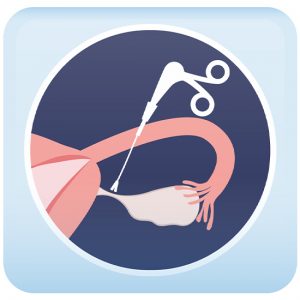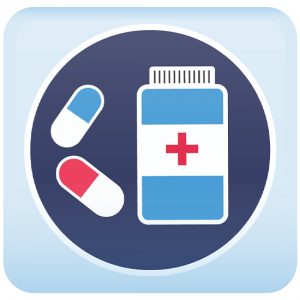

Table of Contents
- Summary
- Introduction
- What is GSM?
- Common symptoms of GSM
- How is GSM Treated?
- How Are Local Hormone Therapies Prescribed?
- Using Progesterone with Estrogen
- Is Local Hormone Therapy Safe?
- Side Effects
- Which Local Hormone Therapies Are Available in Canada?
- Estring (17ß Estradiol Vaginal Ring)
- Premarin (Conjugated Estrogen Vaginal Cream)
- Intrarosa (DHEA Vaginal Tablet)
- Vagifem (17ß Estradiol Vaginal Tablet)
- Estragyn 0.1% (Estrone Vaginal Cream)
- Is Local Hormone Therapy Safe?
- Who Should NOT Use Local Hormone Therapy?
- Potential Side Effects
- Are There Any Oral Pills That Can Treat GSM?
- Have Questions About Local Hormone Therapy?
Summary:
- Genitourinary Syndrome of Menopause (GSM) can cause uncomfortable symptoms like vaginal dryness, pain, and urinary tract infections. Local hormone therapy can help you get targeted relief without the usual risks associated with systemic treatments.
- Vaginal rings, tablets, and creams relieve the symptoms of GSM with fewer side effects than oral pills. They are often better at restoring moisture and elasticity to the delicate tissues within the vagina itself.
- In Canada, local hormone therapies are available under five main brands: Vagifem, Estring, Premarin, Intrarosa, and Estragyn. Generic versions are available for most of these products if you’re concerned about affordability.
- Local hormone therapy is generally considered safe for long-term use, but some people may experience side effects like vaginal discharge or breast tenderness. You shouldn’t use estrogen-based treatments if you’ve had breast cancer or have an active blood clot.
Local hormone therapy refers to hormone treatment, typically estrogen, that is applied directly to the vulva or vaginal area to relieve the symptoms associated with Genitourinary Syndrome of Menopause (GSM). Unlike oral pills, which are systemic (meaning they affect your entire body), localized treatments deliver low doses of hormones only to the affected areas.
If you’re struggling with uncomfortable symptoms related to menopause, help is available. Ask your doctor if local hormone products are right for you and whether they can help you get the relief you deserve.
What is GSM?
Genitourinary Syndrome of Menopause (GSM) is a condition that can occur when estrogen levels drop during menopause. Shifting hormone levels can trigger vaginal and urinary tract symptoms that make daily activities and intimacy uncomfortable or even painful.
Common Symptoms of GSM
The most common symptoms of GSM include:
- Vaginal dryness, itching, or burning
- Pain during intercourse (dyspareunia)
- Thinning or delicate vaginal tissues
- A lack of sensation during sex
- Urinary urgency or frequency
- Stress incontinence or hesitancy
- Recurrent Urinary Tract Infection (UTIs)
Up to 80% of all women will experience GSM during menopause, and the symptoms associated with this condition typically worsen over time without proper treatment. If you think you’re experiencing this condition, don’t be afraid to talk to your doctor—you have options.
How is GSM Treated?
GSM is typically treated with local hormone therapy, which delivers small doses of estrogen, DHEA, or estrone directly to the vaginal tissues. This targeted approach is preferred because it:
- Restores moisture and elasticity to vaginal tissues.
- Provides more effective relief for GSM symptoms.
- Minimizes the risk of systemic side effects (e.g., blood clots, increased cancer risk).
- Avoids the higher risks associated with oral hormone therapies.
Local delivery can, in many cases, also provide faster and more effective relief than oral pills alone. There’s no need to wait for medications to travel through the bloodstream, and the medication starts taking effect right away.
How Are Local Hormone Therapies Prescribed?
Local hormone products are typically prescribed in a vaginal ring, tablet, or cream.
- Vaginal Ring: A soft, flexible ring inserted into the vagina for up to three months at a time. It can be placed or replaced by the patient or in the office.
- Vaginal Tablet: Available in two main forms, 17ß estradiol and Prasterone (DHEA). May be preferred by patients who can’t tolerate a ring or creams.
- Vaginal Creams: Available in Canada in two main forms, conjugated estrogen cream and estrone cream. A less frequent dosing schedule may be ideal for some patients.
Your provider can help you determine which of these delivery systems is right for you.
Which Local Hormone Therapies Are Available in Canada?
In Canada, vaginal rings, tablets, and creams for hormone replacement therapy or contraception are available in five main forms. While many of these products are sold under the brand names outlined below, generic versions are available for some at a lower cost.
Estring (17ß Estradiol Vaginal Ring)
Estring is a flexible ring that sits in the upper third of the vaginal vault, where it releases a low but consistent dose of estrogen directly into vaginal tissues. It is an effective treatment for moderate to severe symptoms of GSM, like dryness and irritation.
Typical Use:
- A soft, flexible ring is inserted into the vagina.
- The ring can be placed or replaced by the patient or in-clinic.
- It’s best to replace the ring once every three months.
Other Considerations:
- Some patients may notice increased vaginal discharge.
- Foul-smelling discharge isn’t normal and may indicate an infection.
Estring delivers the lowest dose of vaginal estrogen across all local hormone therapy products available in Canada. It is generally well-tolerated, although some patients may notice a foreign body sensation (feeling like you have a tampon in) at first.
Premarin (Conjugated Estrogen Vaginal Cream)
Premarin is a conjugated estrogen cream inserted into the vagina with an applicator. It is particularly effective at treating the sexual symptoms of GSM, including moderate to severe painful intercourse stemming from vulvar and vaginal atrophy (VVA).
Typical Use:
- 0.625mg per gram of vaginal cream.
- 0.5g of cream (1/4 applicator) inserted vaginally for 14 days.
- Thereafter, 0.5g is inserted 2-3 times per week.
Other Considerations:
- Lilac scented.
- A refillable applicator is included with each tube.
- A small number of patients report nausea and breast tenderness.
- Discharge associated with vaginal cream use may occur.
Premarin is also available in a variety of other treatment regimens. Speak to your doctor to learn more about which of these regimens is right for you.
Intrarosa (DHEA Vaginal Tablet)
Intrarosa is a vaginal tablet containing dehydroepiandrosterone (DHEA), a substance that converts into estrogen and androgen in the body. The tablet is inserted high into the vagina using an applicator for targeted relief from painful sex and vaginal atrophy.
Typical Use:
- 6.5mg tablet.
- One tablet is inserted vaginally daily at bedtime.
Other Considerations:
- Vaginal inserts are individually wrapped.
- A reusable applicator is included with each box.
A small number of patients taking Intrarosa may experience excessive vaginal discharge. Let your provider know if this symptom becomes bothersome,
Vagifem (17ß Estradiol Vaginal Tablet)
Vagifem is a small tablet containing a unique form of estradiol that better targets local tissues. It is typically inserted into the vagina with an applicator to relieve vaginal atrophy and painful sex.
Typical Use:
- 10 mcg tablet
- One tablet is inserted using the applicator every night for 2 weeks
- Thereafter, twice per week for maintenance.
Other Considerations:
- The most packaging of all the options.
- Each tablet comes with its own preloaded applicator.
Side effects from Vagifem are exceptionally rare. However, a small number of patients may experience nausea or breast tenderness.
Estragyn 0.1% (Estrone Vaginal Cream)
Estragyn is a vaginal cream that delivers estrone, an estrogen hormone, to help improve symptoms like dryness, itching, and discomfort in the vaginal area.
Typical Use:
- 1 mg estrone per gram of vaginal cream.
- 0.5 g of cream is applied using the applicator two nights per week.
- Other treatment regimens are available—ask your doctor.
Other Considerations:
- A refillable applicator is included with each tube.
- Unscented.
Some patients may experience nausea, breast tenderness, or excessive vaginal discharge while using Vagifem. However, these side effects are extremely rare.
Using Progesterone with Estrogen
Estrogen stimulates growth in the lining of the uterus, which can eventually lead to the development of precancerous cells. Doctors sometimes prescribe progesterone alongside systemic treatments like oral estrogen to counterbalance this effect.
With local hormone therapy, the total amount of estrogen absorbed into the bloodstream is extremely low, so it doesn’t affect the uterus in the same way. Taking progesterone isn’t usually necessary for this reason.
If you are diagnosed with an estrogen-sensitive condition like endometrial hyperplasia, are prescribed a higher-than-usual dose of local estrogen, or start to experience symptoms like unexplained bleeding, your doctor may still recommend taking progesterone.
Is Local Hormone Therapy Safe?
Local hormone therapy is generally considered safe for long-term use in most patients. Unlike systemic hormone therapy, which affects the whole body, local treatments don’t have much of an effect on the rest of the body. They’re not only safer to take long-term, but may also be the only option if oral estrogens are contraindicated.
Who Should NOT Use Local Hormone Therapy?
Some people shouldn’t use estrogen-based treatments, including local estrogen therapy. These medications are usually contraindicated in patients who are:
- Pregnant or planning to become pregnant.
- Have unexplained vaginal bleeding.
- Have an active blood clot or a clotting disorder.
- Have untreated or precancerous endometrial cells.
- Have a history of breast cancer.
Tell your provider before you begin any of these medications. Never start local hormone therapy on your own or borrow someone else’s prescription.
Potential Side Effects
Most people don’t experience any side effects during local hormone therapy. Any undesirable side effects that do occur are more likely to happen at the start of treatment and usually self-resolve over time. However, you may experience:
- Vaginal discharge
- Headache
- Breast pain
- Vaginal bleeding
- Nausea
If you notice these or any other unusual symptoms, contact your healthcare provider right away. They may recommend a different delivery system, a change in dose, or practical at-home methods for coping until your body gets used to the medication.
Are There Any Oral Pills That Can Treat GSM?
Yes. Ospemifene (i.e., Osphena) is available as an oral tablet. It is a Selective Estrogen Receptor Modulator (SERM) that acts like an estrogen in some parts of the body. In the case of ospemifene, estrogen receptors stimulate vaginal tissues and bones, but don’t affect the breasts or uterus in the same way.
Ospemifene is usually taken daily and can be a good option for people who find it difficult to insert anything into the vagina. Common side effects include hot flashes, night sweats, and vaginal bleeding.
As with all oral estrogens, ospemifene may be contraindicated in some patients. Be sure to tell your doctor if you’ve ever been diagnosed with breast cancer, have a history of blood clots, or have a blood clotting disorder before starting this medication.
Get Relief with Local Hormone Therapies for GSM
Menopause should be a time of positive transition. If you’re struggling with symptoms like painful intercourse, vaginal dryness, or urinary dysfunction, please know that you don’t have to suffer in silence. Local hormone therapies can help you get fast, effective relief so you can get back to what matters most: living your life. Ask your provider if these treatments are right for you.



